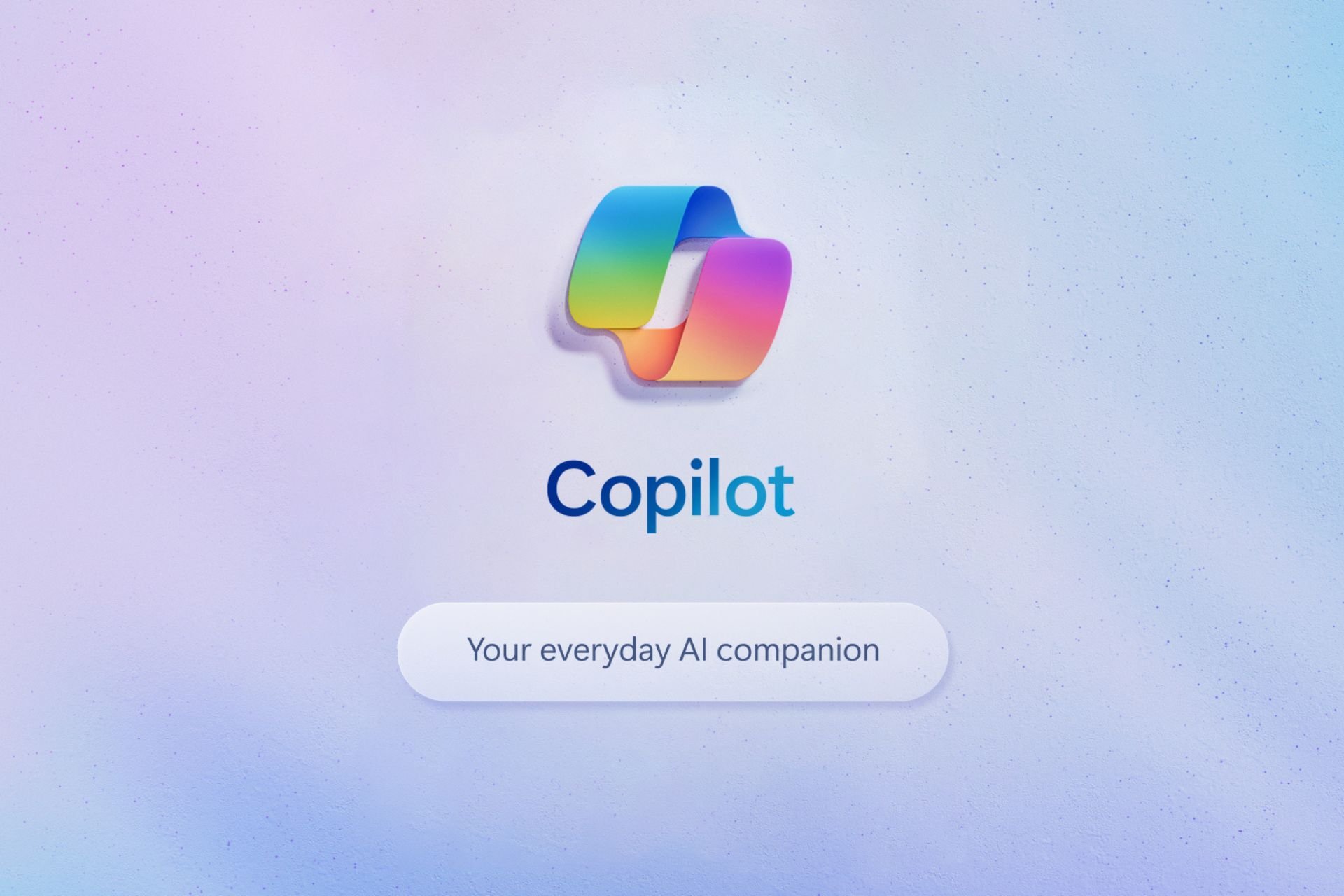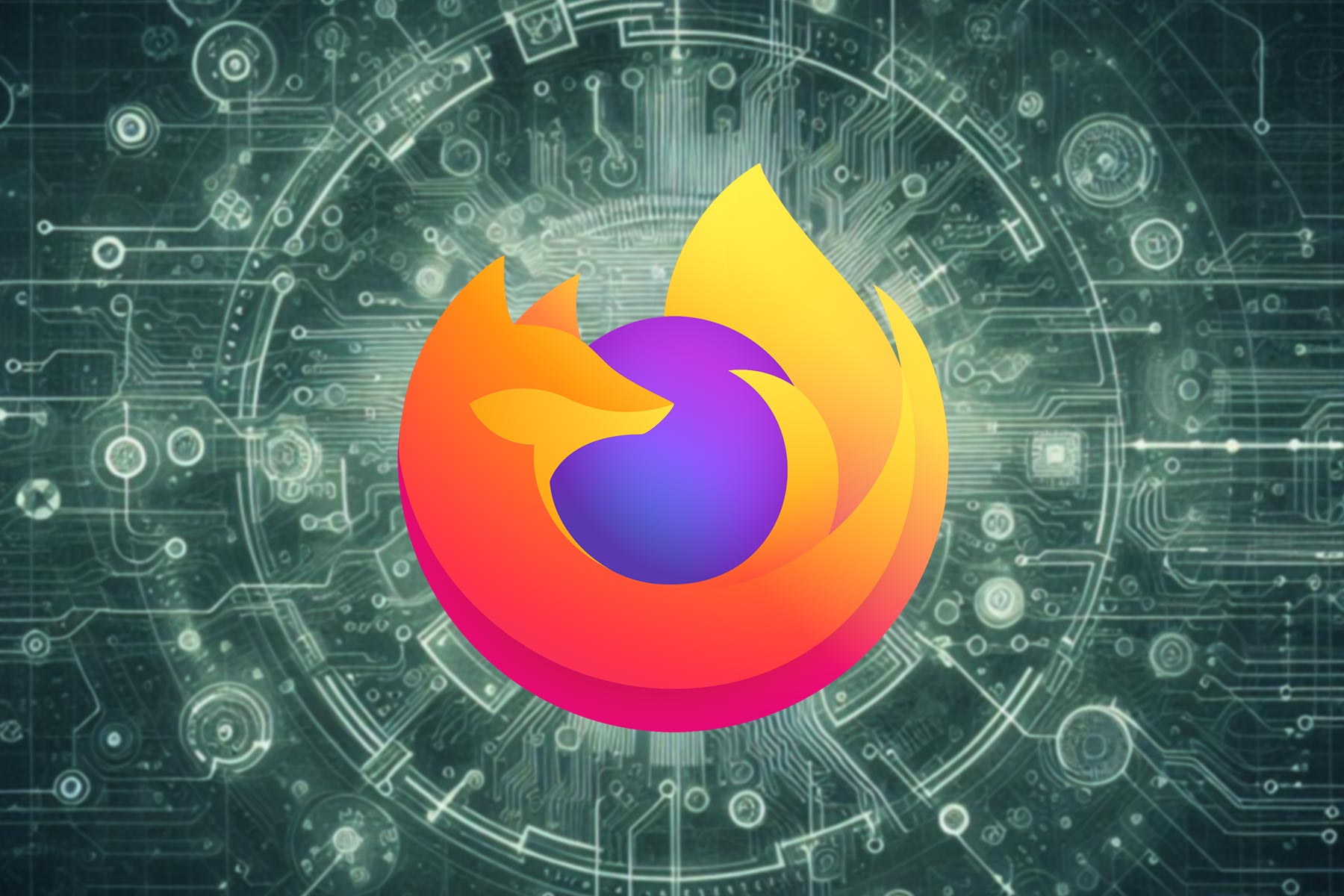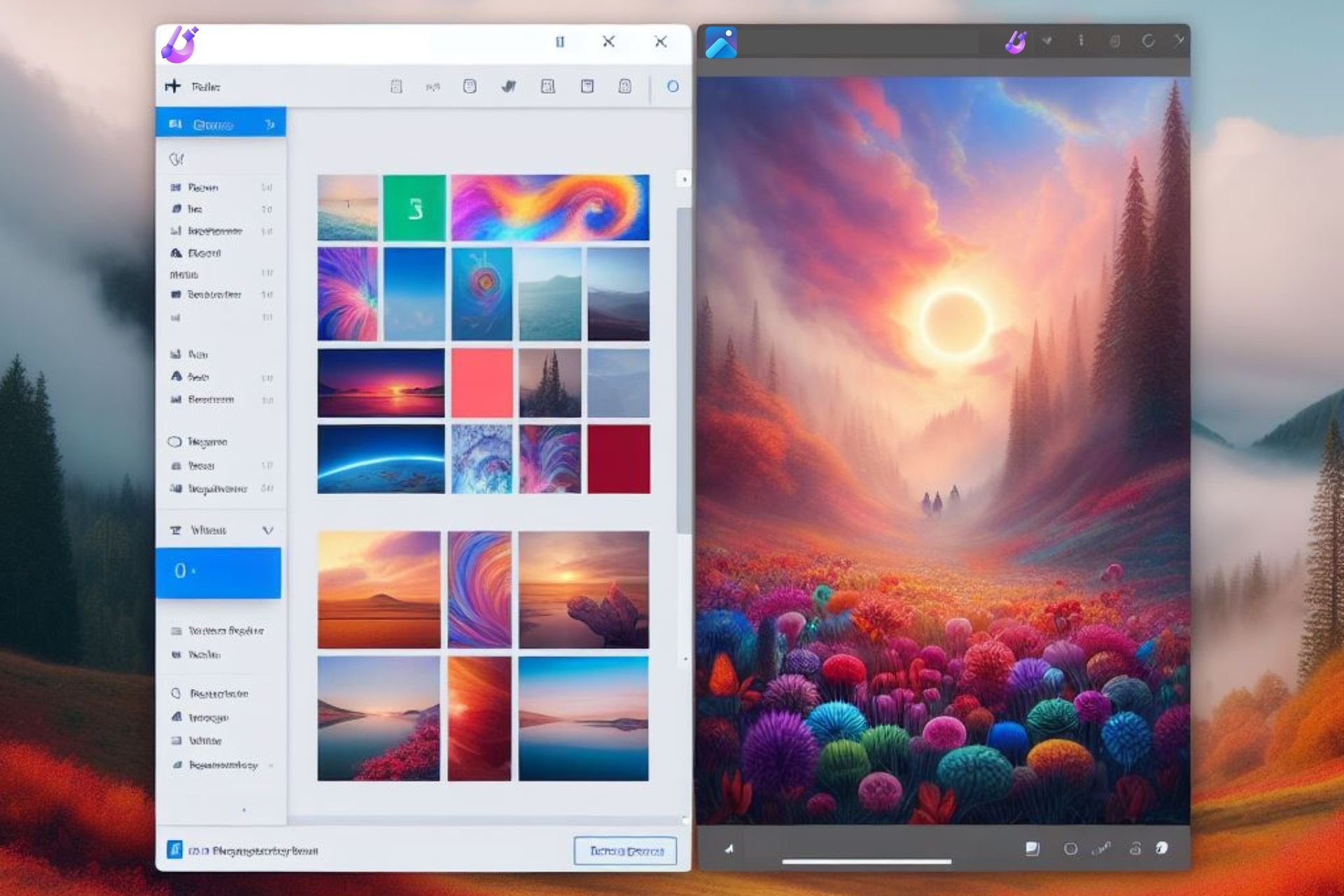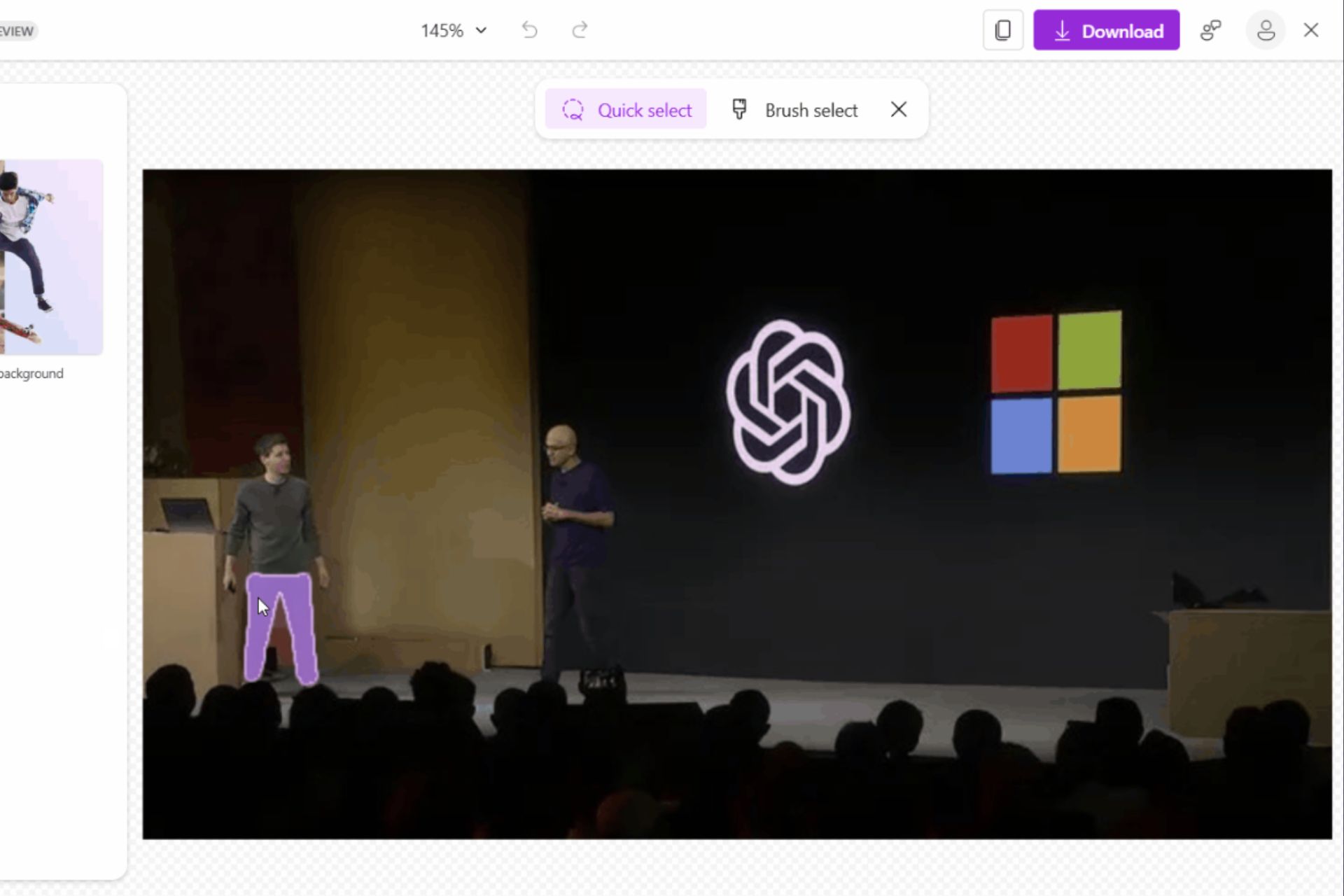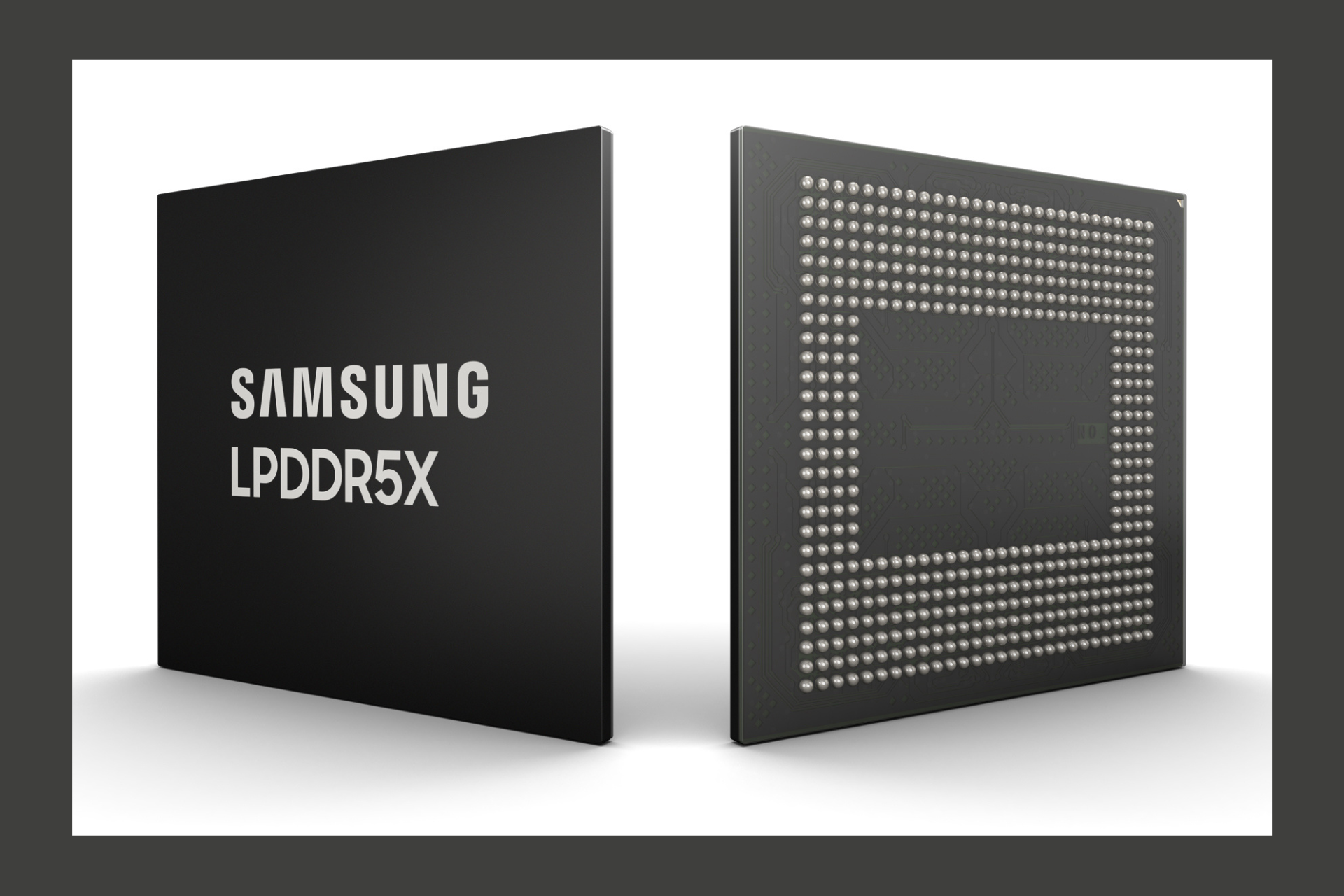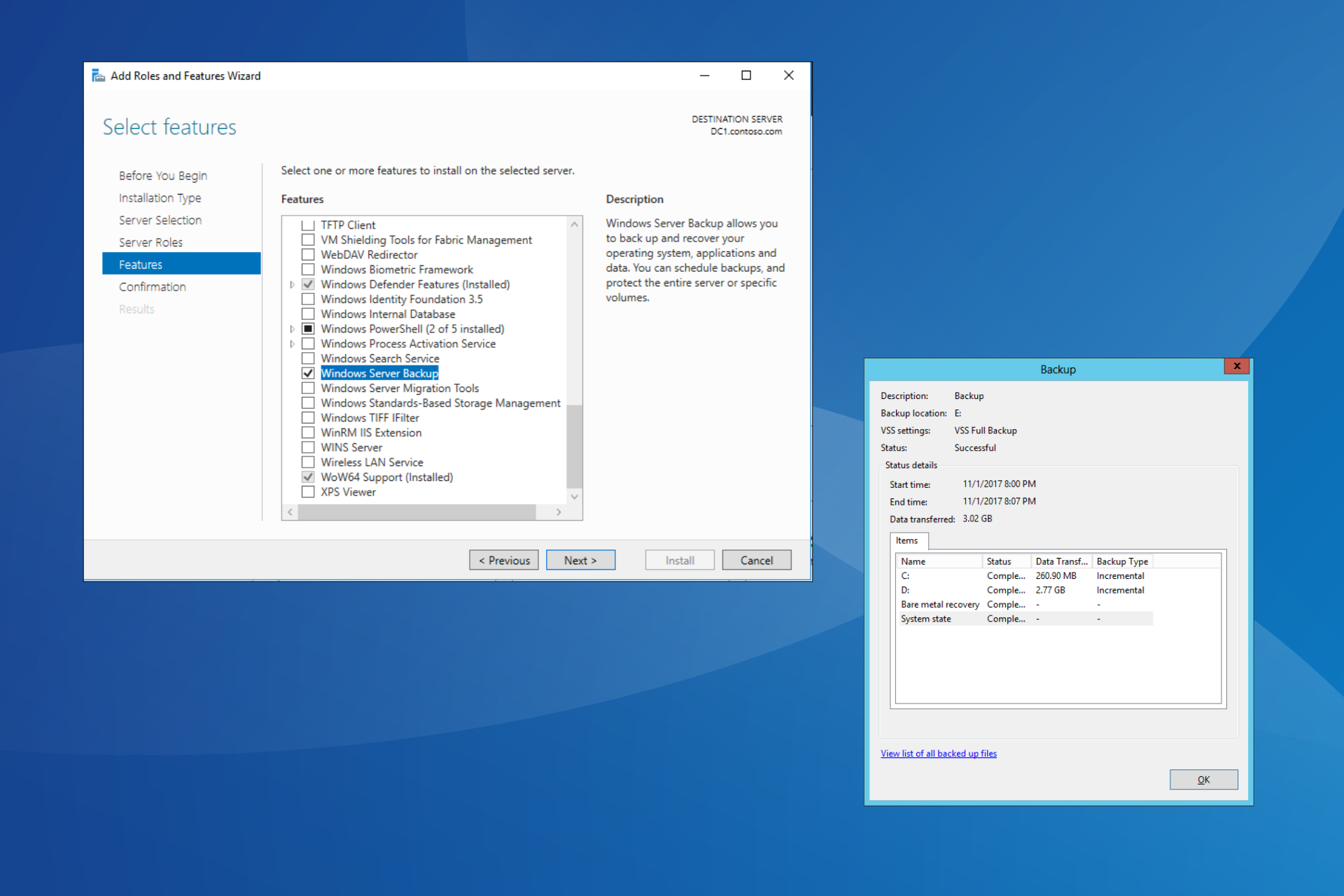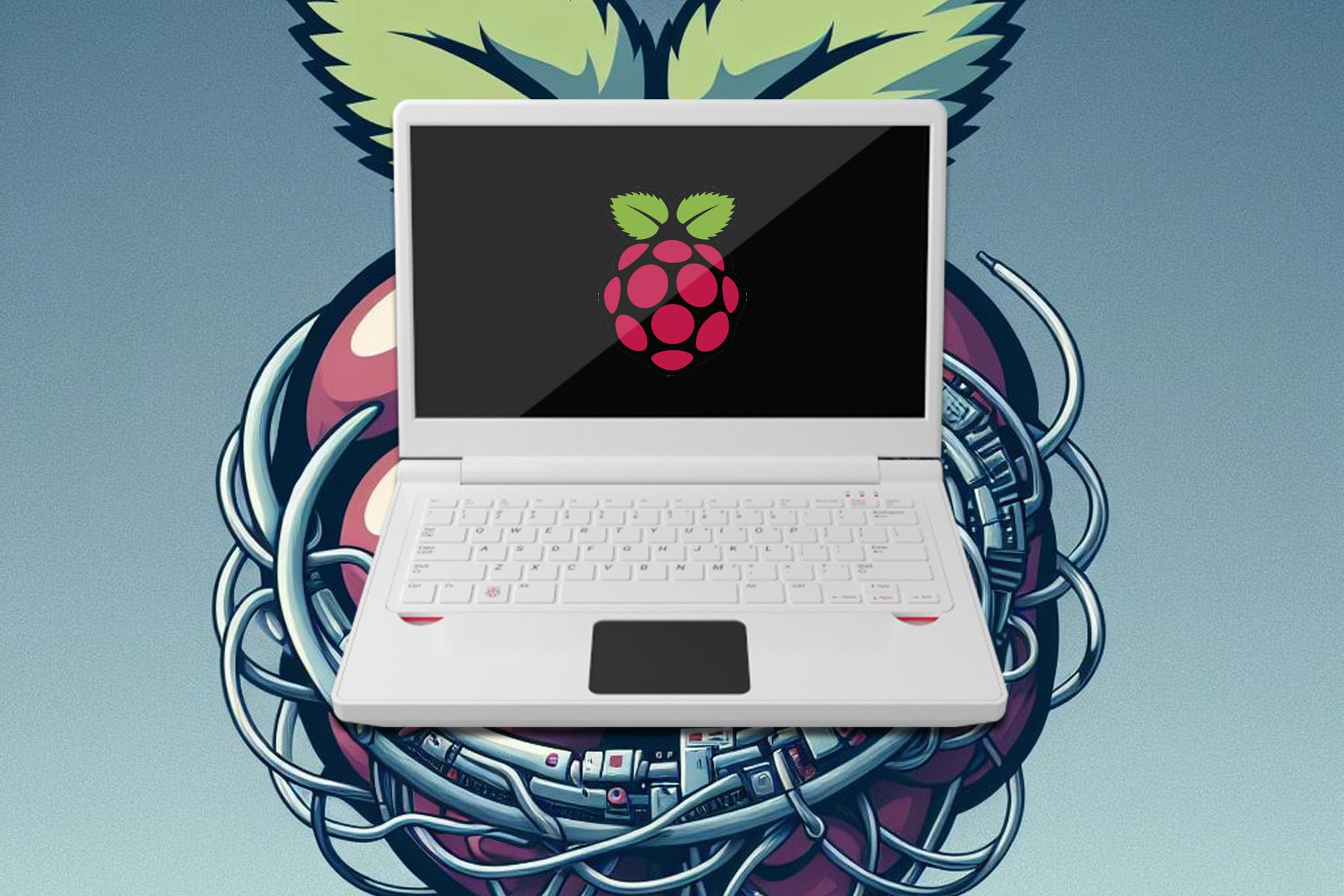Get Quantum Break for Windows 7, 8.1 from Steam
3 min. read
Updated on
Read our disclosure page to find out how can you help Windows Report sustain the editorial team Read more
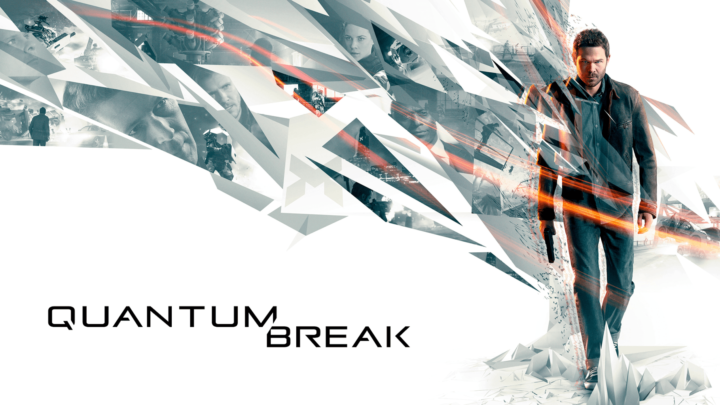
The popular live action game Quantum Break, which also has a TV spin-off, is now available on Steam. The third-person science fiction shooting game is developed by Remedy Entertainment, whose recognizable work also includes Max Payne and Alan Wake.
The game was first released on Xbox One and Windows 10 PCs in April. It was formerly published by Microsoft on the Windows Store, but it wasn’t available for PC gamers up until the recent release of the physical version – the Timeless Collector’s Edition. The physical release was scheduled for September 14, but apparently needed more perfection and time to master.
Though the game is not entirely bug-free and there have been reports about frame rate drops and several other issues that had been addressed recently. The Windows Phone version of the game powers DirectX12, while the Steam version supports only DirectX11, but there should be no compatibility issues running it on Windows 7 and 8.1.
Remedy Head of Communications, Thomas Puha, stated in August that both editions of the game, including the Windows Store and the Steam version, will be supported in further developments. There are no Steam reviews available at the moment, but one interesting thing to note is that the Steam version of Quantum Break doesn’t require Windows 10. More Steam releases are expected to land in June.
The hardware requirements for Quantum Break are:
- 2.7GHz Intel Core i5 processor
- 8 GB of RAM
- NVIDIA GeForce GTX 760 or AMD Radeon R7 260x GPU
- 68GB of storage.
Here’s the official game description to awake your curiosity:
In the aftermath of a split second of destruction that fractures time itself, two people find they have changed and gained extraordinary abilities. One of them travels through time and becomes hell-bent on controlling this power. The other uses these new abilities to attempt to defeat him – and fix time before it tears itself irreparably apart. Both face overwhelming odds and make dramatic choices that will determine the shape of the future. […]
Quantum Break is full of the vivid storytelling, rich characters and dramatic twists Remedy Entertainment are renowned for. Your choices in-game will affect the outcome of this fast-paced fusion between game and show giving the player a completely unique entertainment experience.
The game is worth $39.99 on both, Windows Store and Steam, and the physical version, “Timeless Collector’s Edition” has the same pricetag. The package includes a guide, five game discs, a Steam Key, a “making of” Blu-ray disc and book, a soundtrack collection of the game and a cool game poster. The physical version of the game should be available on Amazon, but is currently out of stock.
Let us know in the comments how did you find the previous and current version of the game.
RELATED STORIES YOU NEED TO CHECK OUT:


